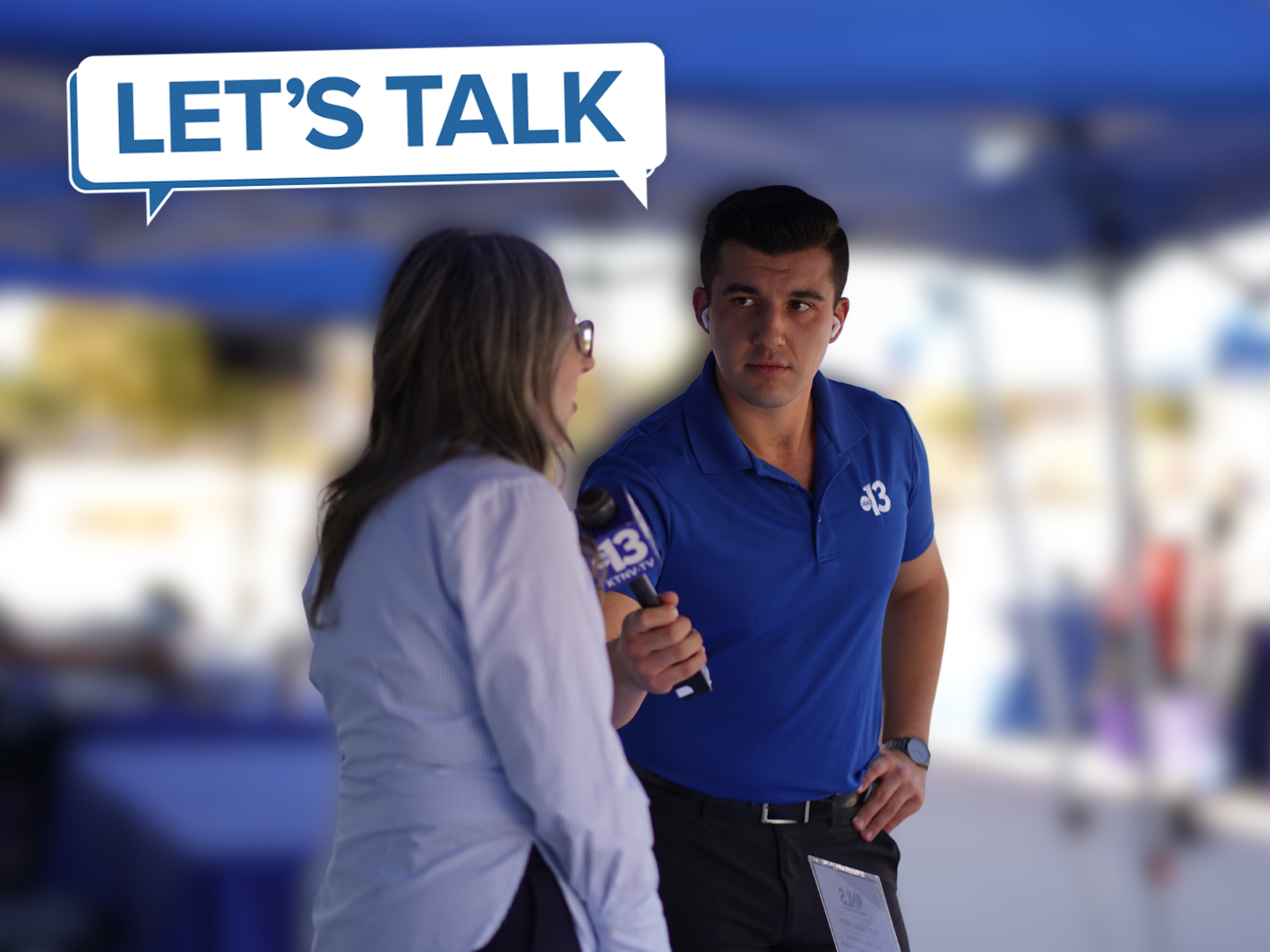LAS VEGAS (KTNV) — A new internship program is looking to improve STEM education in Nevada classrooms.
It's called the STEM Educator Partnership, which launched this fall. The program is 100% funded by a $1,000,000 federal grant issued by the U.S. Department of Education and is a collaboration between the department, the University of Nevada, Reno, University of Nevada, Las Vegas, and the Desert Research Institute.
So how does it work?
"We're pairing undergraduate students who are majoring in education with undergraduate students who are majoring in STEM topics together in internship groups," said Emily McDonald-Williams, the STEM education program manager for Desert Research Institute. "Those internship groups are then placed in a K-5th grade classroom where they work with the mentor teacher in that classroom for 16 classroom visits."
Those 16 visits are spread out over four months with undergraduates working as student teachers and developing STEM educational activities for the classroom.
McDonald-Williams said programs like this are needed in the Silver State.
"Right now, Nevada is experiencing an educator shortage, broadly. The one thing that we're that we're finding is that with that educator shortage, we're seeing less and less time being spent in the elementary school-age ranges on science education," McDonald-Williams said. "Studies have shown that science education really is incredibly impactful through the K-12 age range, but it's most impactful in the K-3rd grade range because around third grade is when students typically begin to decide whether or not science is something they want to pursue later in life."
She adds that institute have seen demand from UNR and UNLV students wanting to participate in the program to get more hands-on experience in the classroom.
"Right now, when they are receiving their degree to enter elementary education classrooms, they do receive some instruction in science integration. But it's typically, depending on the university and the program they're attending, it's typically just one to maybe three classes on how to integrate that. There's a relatively minimal quantity of science education currently required in Nevada classrooms," McDonald-Williams said. "It's different from Washoe County to Clark County but it ranges from about one and a half to three and a half hours of science integration for elementary students per week. Currently, the focus is predominantly on English literacy and mathematics and we find that science is one of the areas that gets dropped. Because of that, there is minimal preparation for educators to integrate STEM topics within the classroom."
McDonald-Williams said this program was created to help fill that gap.
"We wanted to provide undergraduate students majoring in education with more opportunities to get into the classroom as well as conduct STEM education activities within the classroom. We simultaneously wanted to provide STEM majors with the opportunity to actively engage in STEM and develop more science communications skills and the ability to translate their area of STEM expertise into curriculum or something that could be applicable to the larger population," McDonald-Williams said. "In addition to that, our current in-service teachers need additional support in the classroom with STEM integration. This partnership really allows us to bring STEM into the classroom currently while simultaneously preparing the next generation of educators to integrate this into the classroom when they step into that role."





